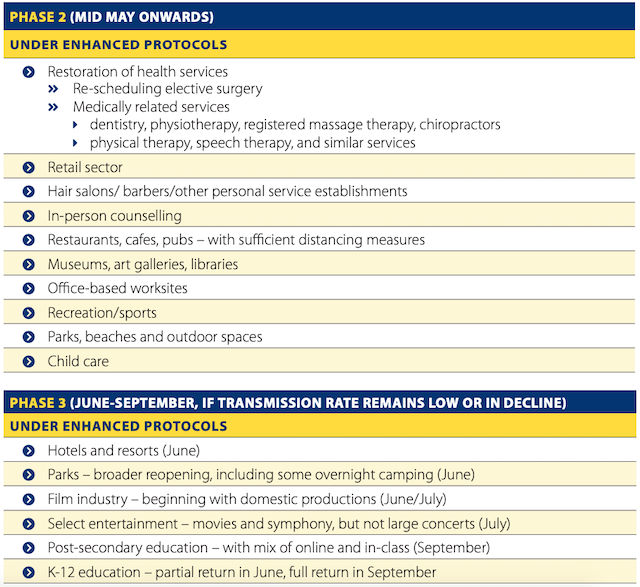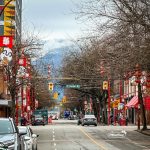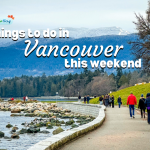BC’s Restart Plan for COVID-19
I really didn’t want to write a blog post about this because I believe the information you read should come directly from the Government of BC and Health Officials. However, if I can spread the message of BC’s Restart Plan for COVID-19 far and wide, I will! I encourage you to read the full plan here, in this PDF.
BC’s Restart Plan for COVID-19
From the report:
As of May 1, 2020, more than 2,100 British Columbians have tested positive for COVID-19 and more than 100 people have died.
As the pandemic hit BC, we asked British Columbians to do their part, and they took action to stay home and help flatten the curve. With each day, the rate of growth in COVID-19 cases has steadily declined and more than 1,350 people have recovered. And we have the lowest mortality of any jurisdiction in North America or Europe with a population of more than five million.
BC’s Restart Plan is the first in a series of steps to protect people and ensure the province can come back from COVID-19 stronger than before.
BC’s progress in the fight against COVID-19 is a direct result of the sacrifices and decisions we have all made. To continue to protect seniors and at-risk people, and ensure our health care system can respond to this dangerous virus we all have to keep doing our part – at home, in the community and at work.
Phase 2 (Mid-May)
We are currently in the middle of BC’s Phase 1 plan. Under enhanced protocols, the following will be able to open mid-May:
- Restoration of health services
- Re-scheduling elective surgery
- Medically related services
- dentistry, physiotherapy, registered massage therapy, chiropractors
- physical therapy, speech therapy, and similar services
- Retail sector
- Hair salons/ barbers/other personal service establishments
- In-person counselling
- Restaurants, cafes, pubs – with sufficient distancing measures
- Museums, art galleries, libraries
- Office-based worksites
- Recreation/sports
- Parks, beaches and outdoor spaces (check the BC Parks website to see when certain parks will open and which will stay closed)
- Child care
Phase 3 (June to September)
If transmission rate remains low or continues to decline. Under enhanced protocols the following will open:
- Hotels and resorts (June)
- Parks – broader reopening, including some overnight camping (June)
- Film industry – beginning with domestic productions (June/July)
- Select entertainment – movies and symphony, but not large concerts (July)
- Post-secondary education – with mix of online and in-class (September)
- K-12 education – partial return in June, full return in September

Phase 4 (TBD)
Conditional on at least one of: wide vaccination; “community” immunity;
Broad successful treatments.
- Activities requiring large gatherings, such as:
- conventions
- live audience professional sports
- concerts
- International tourism
Getting Back to Work
The risk of transmission at busy workplaces and other institutions is a direct function of two variables: the number of contacts (the number of people present at the same time) and the contact intensity (the type of contact – i.e., close or distant, and the length of contact – i.e., brief or prolonged). These are factors are rated as low, medium and high risks.
Based on these factors, steps can be taken to reduce the risk, including:
- Physical distancing measures – measures to reduce the density of people.
- Engineering controls – physical barriers (like plexiglass at checkouts), or increased ventilation.
- Administrative controls – clear rules and guidelines.
- Personal protective equipment – e.g. use of non-medical masks.
These modifications and controls, combined with the following measures, can reduce the risk of transmission.
- Create clear workplace policies that ensure people with cold or flu symptoms do not come to work.
- Implement sick day policies that allow people to be off or work safely from home when they are ill or have symptoms of a cold or flu.
- Provide work from home options, when possible, to reduce contact intensity. When it’s not an option, consider measures such as staggered shifts and virtual meetings as much as possible.
- Implement strategies that reduce the number and intensity of contacts – from greater use of non-medical masks to more checkouts and increased shopping hours.
- Clean “high-touch” areas in workplaces and retail outlets frequently and provide hand sanitizer at entrances.
- Focus on higher-risk employees including those 60+ and those with underlying medical conditions – from more flexible hours, to work from home options and workspace accommodation.
Additional measures specific to various organizational settings are being developed. More will be created as various sectors are engaged and industry or sector wide norms are adopted and required.
Read the full BC Restart Plan in this PDF.











